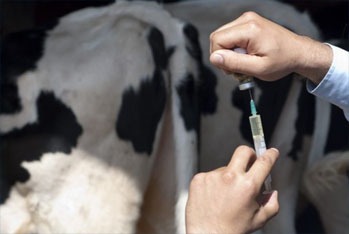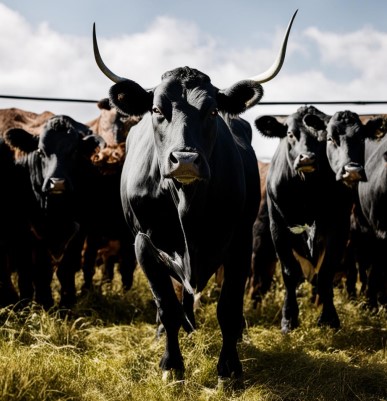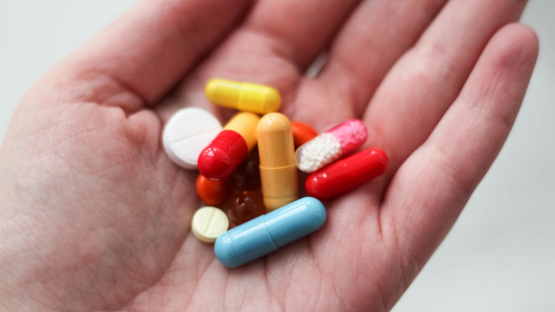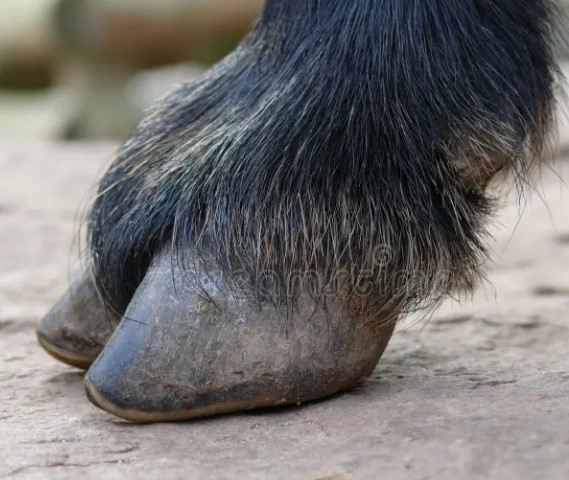Antibiotics in milk: what are they and how to react to them?

Photo is illustrative in nature. From open sources.
MILK is one of the most nutritious and healthy foods that we consume every day. However, recent studies have shown that milk may contain antibiotic residues that can adversely affect human HEALTH.
What antibiotics can be found in milk? Basically, these are ampicillin, tetracycline, chloramphenicol and others. These antibiotics are used in animal husbandry to prevent and treat infections in animals.
However, if animals receive more antibiotics than they need, then antibiotic residues may pass into the milk. This can lead to people consuming milk with antibiotic residues.
Why is it dangerous? Drinking milk with antibiotic residues can lead to various health problems such as allergies, antibiotic resistance, and dysbiosis.
What can be done to avoid these problems? Most countries have strict milk quality control regulations and a ban on the use of antibiotics in milk production. There are also special milk processing methods that can remove antibiotic residues.
Therefore, if you want to be sure of the quality of milk, choose products from trusted manufacturers and follow the instructions for storing and preparing dairy products.
In general, antibiotics in milk are a serious problem for human health. However, the right choice of products and following the rules of storage and preparation can help to avoid negative consequences.
Read together with it:
- Почти 40% биржевого экспорта белорусской сельхозпродукции в Россию пришлось на долю Московской областиФото БУТБ 19 сентября, Минск. Московская область стала крупнейшим рынком сбыта продукции агропромышленного комплекса Беларуси среди российских регионов по результатам биржевых торгов, проходивших на Белорусской универсальной товарной бирже в январе - августе 2025 года. Об этом сообщили БЕЛТА в пресс-службе БУТБ.В стоимостном выражении на долю московских компаний пришлось 39% всего объема биржевого...
- Как будут регулировать интернет-торговлю в Беларуси? МАРТ предложил обсудить проект указа19 сентября, Минск. Министерство антимонопольного регулирования и торговли вынесло на общественное обсуждение проект указа о совершенствовании регулирования потребительского рынка. Об этом сообщает БЕЛТА со ссылкой на .Проектом указа предлагается предоставить право владельцам интернет-площадок оказывать услуги в Беларуси только после включения сведений о них в Торговый реестр. Владельцам иностранн...
- Хозяйства Бакчарского района Томской области успешно развивают сельхоздеятельностьЗаместитель губернатора Томской области по агропромышленной политике и природопользованию Михаил Ратнер вместе со специалистами департамента по социально-экономическому развитию села осуществил рабочую поездку в Бакчарский район. Цель визита – мониторинг деятельности сельхозпредприятий и фермерских хозяйств муниципального образования. В рамках программы специалисты посетили АО «Бакчарское», СППК «...
- В Гомельской области мужчина выстрелил из пневматики по ногам дочери, возбуждено уголовное дело18 сентября, Минск. В Гомельской области нетрезвый отец выстрелил из пневматического пистолета по ногам своей дочери, возбуждено уголовное дело частного обвинения. Об этом БЕЛТА сообщили в службе информации прокуратуры Гомельской области.Прокурор Октябрьского района возбудил уголовное дело частного обвинения в отношении 42-летнего местного жителя - ему инкриминировано умышленное причинение легкого...
- Филиппины отменили запрет на ввоз российского куриного мясаЭто решение стало результатом признания Министерством сельского хозяйства Филиппин регионализационной системы России по высокопатогенному гриппу птиц (HPAI). В Национальном союзе птицеводов Филиппин отметили высокий уровень ветеринарного контроля в России, что снижает риски для здоровья. Российские экспортёры проявляют интерес к филиппинскому рынку, учитывая быстрорастущую молодую популяцию страны...
- Rising Meat Prices and Dairy Shortages in Greece: Causes and ConsequencesProblems in the dairy industry Dairy products are the basis of Greek cuisine and its variety includes yoghurts, cheeses , butter andIce cream . However, in recent years, the Greek dairy industry has been in crisis . A decline in the number of farmers and a decrease in the number of cows has led to a decrease in the volume of fresh MILK available for processing. This is creating a shortage, threate...
- The advanced farm of JSC "Gorodilovo" uses the work of scientists and rewards with a trip to the seaTopic newsHow knowledge of market conditions, achievements in genetics and modern technologies helped JSC "Gorodilovo" to become one of the best The President of Belarus expressed gratitude to agricultural workers in the MINSK region and Minsk district, as well as to the teams of six agricultural enterprises, including Gorodilovo JSC. This is not the first time the enterprise has received such a h...
- Путин продлил действие контрсанкций на два годаПутин продлил запрет на ввоз и вывоз из России отдельной продукции и сырья по утвержденному правительством списку, включая сельскохозяйственную технику, до конца 2027 года. Меры затрагивают юрлица из «недружественных стран» Владимир Путин Президент Владимир Путин продлил действие ограничительных мер во внешней торговле, введенных указом в марте 2......



























































